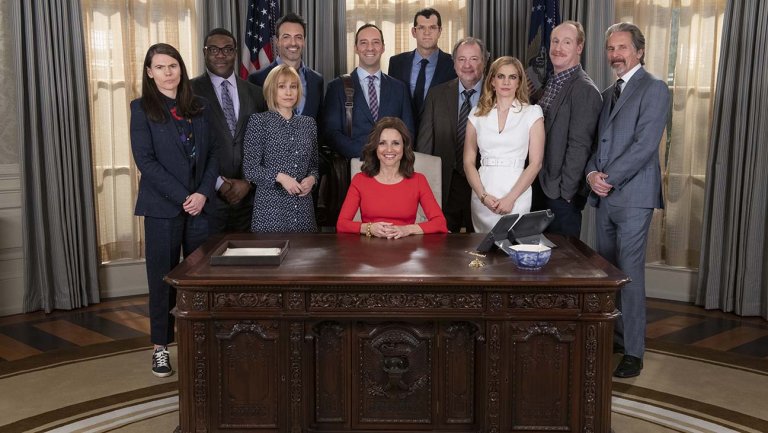Editorial note: Opinions expressed here are solely those of the blogger
“So now that you have a sense of our objectives and strategies, which should look familiar, let’s go over to the right so you can see where all of this fits….”
It was Sunday evening a couple of years ago and I was at home, standing at my workspace, practicing the presentation I was supposed to give the next morning.
“Yeah, yeah, Jacobson; I’ve heard all this horse$%&# before!” an imaginary voice interrupted; a booming growl with a Scottish accent. “Your goddamn content strategies and leveraging. Let’s move on!”
The voice I heard was from Logan Roy, the fictional patriarch portrayed by the Scottish actor Brian Cox at the heart of HBO’s excellent Succession, which my wife Wendy and I had finished watching earlier in the day. Succession, a dramedy which just ended its four season run last Sunday, centers on a family, clearly based on the Murdochs, who run a global media and hospitality empire. The acting is incredible all around and I can’t recommend the show highly enough. But it’s Cox’s portrayal of Roy that I always found most intriguing.
For years corporate titans have been painted with fictional broad strokes, usually for the sake of laughs and satire. And while Succession is darkly funny, what makes the show so unique is now real the Roy family’s dysfunction appears. Each member of the family, not to mention their loyal corporate lieutenants, battle for the attention and affection of Logan Roy. And he just doesn’t care. Not one iota. Throughout the four seasons Logan Roy says and does whatever he wants, accepting the consequences as they come. He’s arrogant, vulgar and charming. And I can’t help but wondering what it would be like to live like that. For a day. Heck, even a morning.
You see, I’m one of these live-and-let-live, we’re-all-in-this-together types. Our kids groan when I use one of my favorite family words, “compromise.” I don’t like drama but like reaching a consensus. And I identify as an extrovert; I get energy from people.
But of course, like all of you reading this post, I also have another side and can be impatient and grow crabby quickly when things aren’t moving along like I want them to. I’ll speak my mind and the people who know me well personally and professionally understand I can be direct. Yet, even when I’m direct I try to be polite and affable.
Yet during the entire time Wendy and I were watching Succession I found myself having these walking daydreams where I, like Logan Roy, didn’t use a filter when dealing with people, no matter who they were. Just said exactly what I was feeling, regardless of the situation. Oh man; I’m sure the repercussions would be pretty dire if I actually spoke and acted like that. But I bet it would also feel good, rewarding. Almost liberating.
I believe the reality is that we’re drawn to fictional “antihero” characters like Logan Roy, Walter White, Tony Soprano and a whole host of others because they represent a little piece of all of us that we know is really there but we keep under wraps. And that observing their actions from a distance is quite a bit more fun (and a lot less painful) than actually emulating them.

Image credit: HBO









